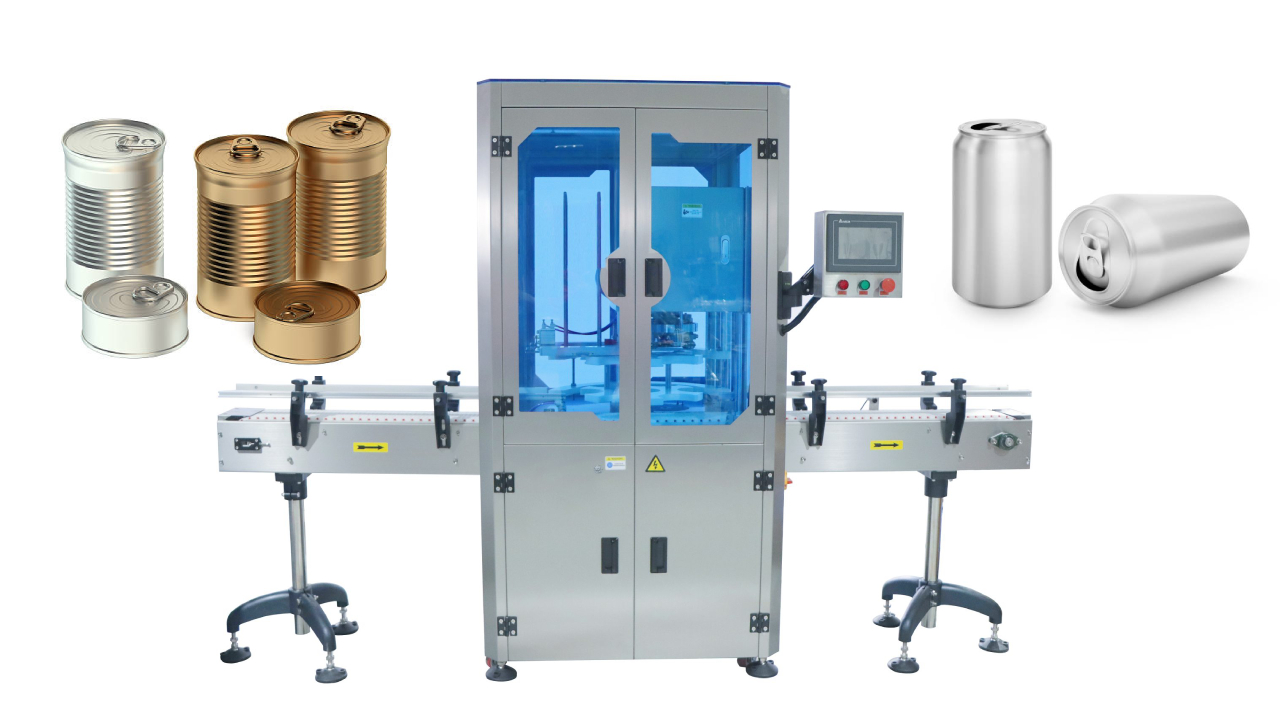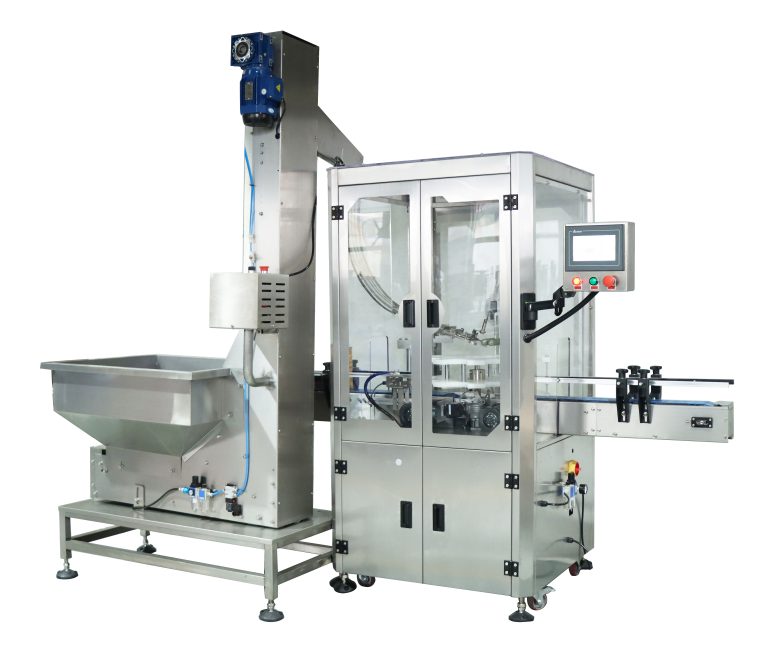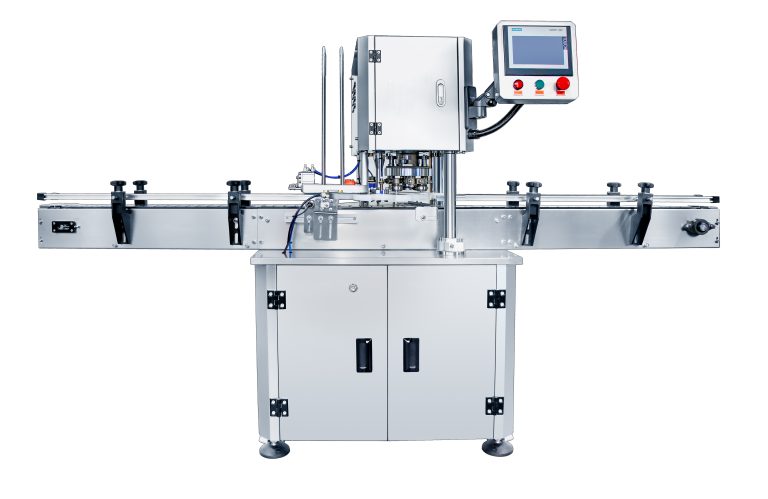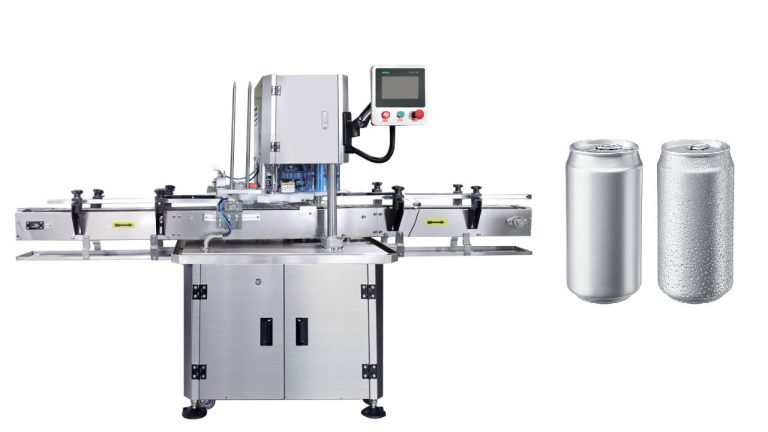Table of Contents
Proper Maintenance Techniques for Can Seaming Machines
Can seaming machines are essential equipment in the food and beverage industry, used to seal cans securely to ensure product freshness and safety. To keep your can seaming machine running smoothly and efficiently, proper maintenance is crucial. In this article, we will discuss some key maintenance techniques to help you maximize the performance and lifespan of your can seaming machine.
Regular cleaning is the first step in maintaining your can seaming machine. Over time, dust, debris, and product residue can build up on the machine’s components, leading to decreased efficiency and potential malfunctions. To prevent this, it is important to clean the machine regularly using a mild detergent and water. Be sure to follow the manufacturer’s guidelines for cleaning to avoid damaging sensitive parts.
In addition to cleaning, lubrication is another important aspect of can seaming machine maintenance. Proper lubrication helps reduce friction between moving parts, preventing wear and tear and extending the machine’s lifespan. It is recommended to use a high-quality lubricant specified by the manufacturer and apply it to the designated areas according to the maintenance schedule.
Inspecting the machine for wear and damage is also crucial in maintaining its performance. Regularly check for loose or damaged parts, such as seals, bearings, and rollers, and replace them as needed. Pay close attention to the seaming rollers, as they are critical in achieving a tight and secure seal on the cans. If you notice any signs of wear or damage, address them promptly to prevent further issues.
Calibrating the machine is another important maintenance task that should not be overlooked. Proper calibration ensures that the machine operates at optimal performance, producing consistent and reliable seals on the cans. Follow the manufacturer’s guidelines for calibration and make adjustments as needed to maintain the machine’s accuracy.
In addition to these maintenance techniques, it is important to train your staff on proper machine operation and maintenance procedures. Educate them on the importance of regular cleaning, lubrication, inspection, and calibration to ensure the machine’s longevity and performance. Encourage them to report any issues or abnormalities they notice during operation so that they can be addressed promptly.
Lastly, keeping detailed records of maintenance activities is essential for tracking the machine’s performance and identifying any recurring issues. Create a maintenance schedule and log all cleaning, lubrication, inspection, and calibration tasks performed on the machine. This will help you stay organized and proactive in maintaining the machine’s health.
In conclusion, proper maintenance is key to keeping your can seaming machine running smoothly and efficiently. By following these maintenance techniques and incorporating them into your regular maintenance routine, you can ensure that your machine operates at optimal performance, producing high-quality seals on the cans. Remember to prioritize cleaning, lubrication, inspection, calibration, staff training, and record-keeping to maximize the lifespan and performance of your can seaming machine.
Troubleshooting Common Issues with Can Seaming Machines
Can seaming machines are essential equipment in the food and beverage industry, used to seal cans securely and prevent contamination. However, like any machinery, they can encounter issues that may affect their performance. In this article, we will discuss common problems that can arise with can seaming machines and provide tips on how to troubleshoot them to ensure smooth operation.
One of the most common issues with can seaming machines is misalignment of the seaming rollers. This can result in uneven or incomplete seams, leading to leaks and spoilage of the product. To address this problem, first, check the alignment of the seaming rollers and make sure they are properly positioned. If they are misaligned, adjust them according to the manufacturer’s instructions to ensure a tight and secure seam.
Another common issue is worn or damaged seaming rollers. Over time, the rollers can become worn out due to constant use, leading to poor seam quality. To resolve this issue, inspect the rollers regularly and replace them if necessary. Make sure to use high-quality replacement rollers to ensure smooth operation and consistent seam quality.
Inconsistent seam thickness is another issue that can affect the performance of a can seaming machine. This can be caused by uneven pressure applied during the seaming process or worn out seaming chucks. To address this problem, check the pressure settings on the machine and adjust them as needed to ensure uniform seam thickness. Additionally, inspect the seaming chucks for any signs of wear and replace them if necessary to maintain consistent seam quality.

Leaking seams are a common problem that can occur with can seaming machines, leading to product spoilage and contamination. This issue can be caused by a variety of factors, including misaligned seaming rollers, worn out seaming chucks, or improper seam formation. To troubleshoot leaking seams, first, check the alignment of the seaming rollers and adjust them if necessary. Next, inspect the seaming chucks for any signs of wear and replace them if needed. Finally, ensure that the seams are formed correctly and adjust the machine settings as needed to prevent leaks.
In conclusion, can seaming machines are essential equipment in the food and beverage industry, but they can encounter issues that may affect their performance. By addressing common problems such as misaligned seaming rollers, worn or damaged rollers, inconsistent seam thickness, and leaking seams, you can ensure that your can seaming machine works smoothly and efficiently. Regular maintenance and inspection of the machine are key to preventing issues and ensuring consistent seam quality. By following these tips, you can troubleshoot common problems with can seaming machines and keep your production line running smoothly.
Tips for Optimizing the Performance of Your Can Seaming Machine
Can seaming machines are essential equipment in the food and beverage industry, used to seal cans securely and prevent contamination. To ensure the smooth operation of your can seaming machine and optimize its performance, there are several tips and best practices that you can follow.
First and foremost, regular maintenance is key to keeping your can seaming machine in top condition. This includes cleaning and lubricating the machine regularly to prevent build-up of debris and ensure smooth operation. Check for any signs of wear and tear on the parts, such as the seaming rolls and chucks, and replace them as needed to avoid any issues during the sealing process.
In addition to regular maintenance, it is important to calibrate your can seaming machine properly to ensure accurate and consistent sealing. This involves adjusting the settings of the machine, such as the seaming pressure and speed, to match the specifications of the cans being used. Improper calibration can result in faulty seals and wasted product, so it is crucial to pay attention to this aspect of machine operation.
Another tip for optimizing the performance of your can seaming machine is to use high-quality cans and lids. Low-quality materials can lead to issues such as leaks and improper seals, which can compromise the safety and quality of your products. Invest in cans and lids from reputable suppliers to ensure that your machine operates smoothly and efficiently.
Furthermore, it is important to train your staff on the proper operation of the can seaming machine. Make sure that they are familiar with the machine’s controls and settings, as well as the correct procedures for loading cans and adjusting the settings. Proper training can help prevent operator errors and ensure that the machine operates at its full potential.
Additionally, consider investing in automation and technology upgrades for your can seaming machine. Automated systems can help improve efficiency and accuracy, reducing the risk of human error and increasing productivity. Upgrading to a newer model with advanced features can also help improve the performance of your machine and ensure consistent sealing results.
Lastly, monitor the performance of your can seaming machine regularly to identify any issues or potential problems. Keep track of key performance indicators, such as seal integrity and production output, to ensure that the machine is operating at its optimal level. Address any issues promptly to prevent downtime and maintain the efficiency of your production line.
In conclusion, by following these tips and best practices, you can ensure that your can seaming machine works smoothly and efficiently. Regular maintenance, proper calibration, high-quality materials, staff training, automation upgrades, and performance monitoring are all essential aspects of optimizing the performance of your machine. By taking care of your can seaming machine and following these guidelines, you can ensure that your products are sealed securely and meet the highest quality standards.






